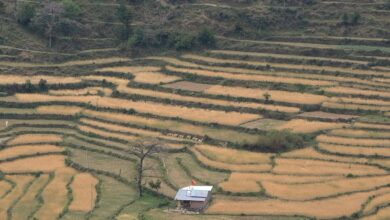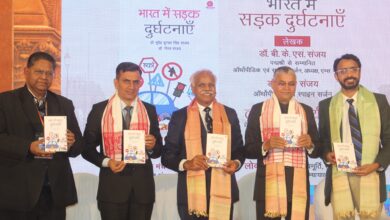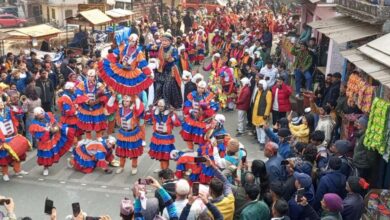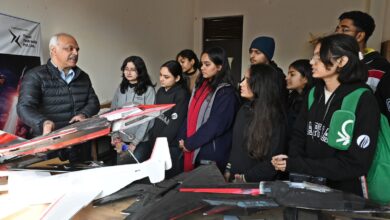
Water! Every drop matters
Vipin Kumar
Mussoorie, March 30
The International water day was celebrated on March 22 amidst looming water crisis in the entire country. The day reminds every citizen globally that how important it is to conserve every drop of fresh water. This year the theme is “Saving the Glaciers” and that reminds us of the rapidly melting Glaciers due to climate change. The receding glaciers which form the Himalayan river system as Indus. Ganga and the Bhramputra are in peril due to receding Glaciers.
As per the water quality index India ranks 120th in 122 nations. 70% of the ground water resources are polluted due to iron, arsenic and uranium etc. In 2050 our water requirement shall be 1180 trillion cubic meters of while the available quantity is 1,137 trillion cubic meters. It will be difficult to provide fresh water by 2030 in the country and 40% of the population will struggle to get fresh water. There will be a severe water crisis in the country. Recently the Karnatka Government has laid strictures against wasting of drinking water.
In Jammu and Kashmir Kolahoi glacier which is the source of Lidder river and important for the Anantnag district, has receded by 2.81 km since 1962. Similarly, the Tejwas glacier has reduced by 2.76 kms. which a decade ago was 53.6 kms. The Glaciers till 2021 have melted by 4%
The recent study conducted by the Meghalaya university reveals that Glaciers in Uttarakhand received 36.75% less ice between 1991 to 2021. The ice layer is thinning which is a clear impact of Global warming. It needs to be also mentioned here that there are 9575 Glaciers in this region which are the origin of 10 major rivers which includes Indus, Ganges and Bhramputra river systems. Rapid melting of Glaciers will make these rivers rain fed instead of glacial.
These mountainous Glaciers store about 70% of fresh water. Their depletion is a challenge to the human race right from Himalayas to the Andes. We need to understand that of the total water consumed per day, generates , 80% of grey and black water.. Only 20% is consumed for drinking purpose. We need to recycle the grey and black water for irrigation and use it for flushing in wash rooms. If Saudi Arabia can distil saline water into potable and recycle waste water to be used in washrooms then why cannot be the same model be emulated. After all “every drop ” matters.
(Vipin Kumar is an eminent environmentalist)





